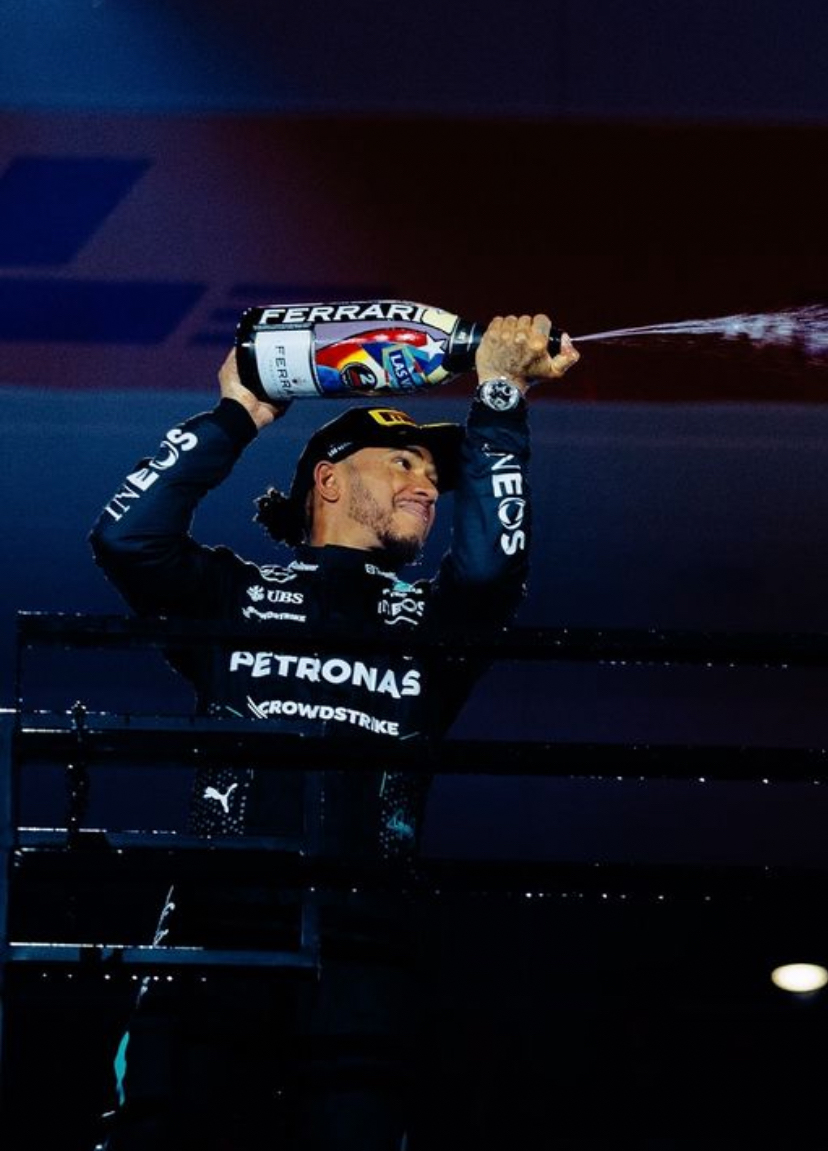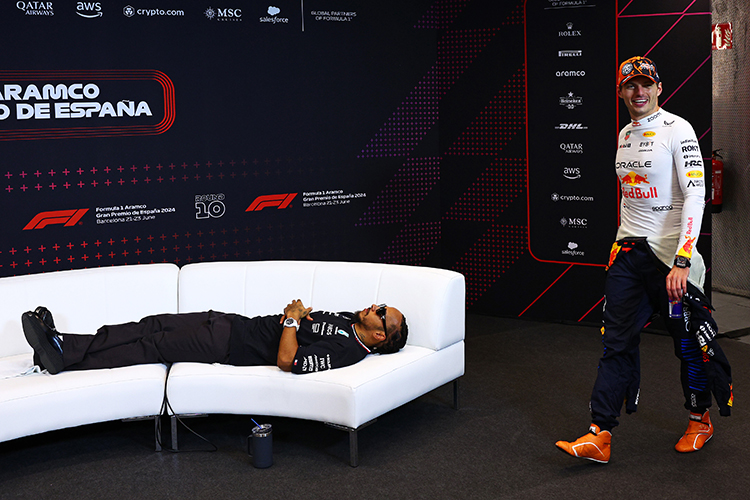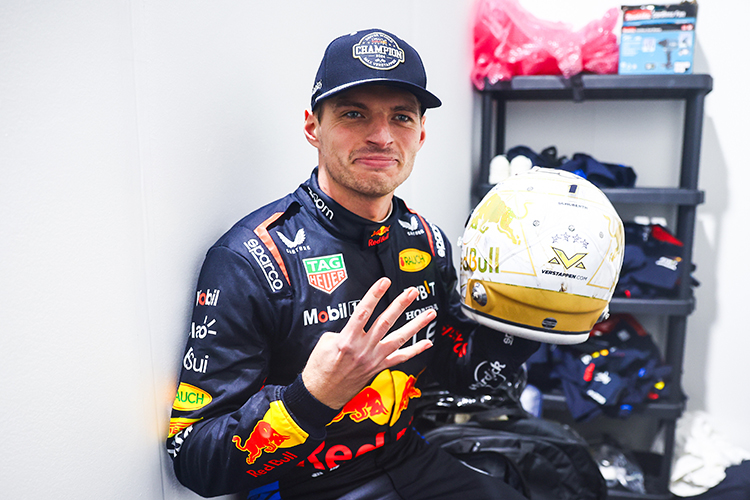Miami RM

Formula 1 World Champions: A legacy of racing legends
Decoding F1: What Does ‘P’ Mean in Formula 1 Terminology?
Learn the meaning of 'P' in Formula 1. Discover how 'P' is used to signify positions, pole position, pit stops, and more in the world of F1 racing.
Formula 1 (F1) is a world of high-speed racing, intricate strategy, and specialized terminology that can often confuse newcomers. One such term that frequently pops up in F1 broadcasts, team communications, and race commentary is the letter ‘P’. So, what does this simple letter represent in the context of Formula 1 racing? Let’s break it down and explore its multiple meanings and significance in the sport.
Pole Position: The Quest for P1
In F1, the most coveted position on the starting grid is 'Pole Position,' abbreviated as ‘P1’. This term is used to describe the driver who has set the fastest time during the qualifying session. Achieving P1 means that the driver will start the race at the very front of the grid, offering a clear advantage. This position is crucial as it helps drivers avoid the chaos of the mid-field during the start, providing a more straightforward path in the early stages of the race.
Race Positions: Tracking Driver Progress
The letter 'P' also plays a role in denoting a driver’s position in both qualifying and the race. For example, when a commentator mentions ‘P5’, it indicates that the driver is in 5th place. This shorthand is commonly used during live race updates or team radio communication to inform both the driver and the audience about the current standings.
Pit Stops: Precision in the Pits
Another key area where ‘P’ is used is in pit stop communications. Pit stops are crucial moments in every F1 race, and teams use shorthand like 'P' or phrases such as 'Box, box, box' to signal that a driver should enter the pit lane. This can refer to tire changes, repairs, or other strategic adjustments that take place during a race. The precise timing and execution of pit stops are critical to maintaining a competitive edge throughout the race.
Penalties: Serving Time in the Pit Lane
In some instances, the letter ‘P’ can have negative connotations, especially when it relates to penalties. If a driver incurs a penalty, they may need to serve it during a pit stop. For instance, a ‘5-second penalty’ requires the driver to remain stationary for five seconds during their pit stop. These penalties can significantly affect a driver’s overall race strategy and standings.
Parc Fermé: The Restricted Zone
Finally, ‘P’ is used to refer to 'Parc Fermé,' the area where cars are inspected after qualifying and the race. In this restricted zone, teams are limited in terms of the changes they can make to the cars. The rules governing Parc Fermé ensure that no one gains an unfair advantage, and all cars are checked for compliance with technical regulations. It is a crucial aspect of F1's commitment to fair competition.
Conclusion
In Formula 1, the letter ‘P’ is an essential part of the sport’s terminology, representing key aspects of race strategy, performance, and rules. From the thrill of securing Pole Position (P1) to the crucial moments of pit stops and the enforcement of penalties, ‘P’ plays an integral role in shaping the outcome of every race. Now, when you hear ‘P’ during an F1 broadcast or team radio, you’ll have a better understanding of its significance in the fast-paced world of Formula 1 racing.
Up Next


